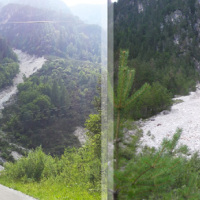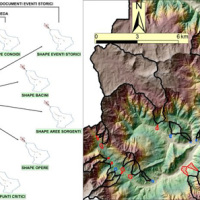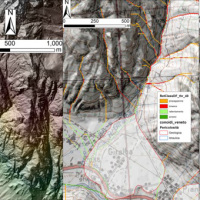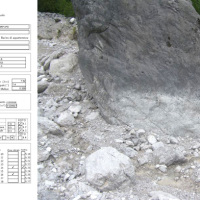Methodologies for the analysis of alluvial fans
Development of a methodology for gathering and managing data on alluvial fans and application to test areas
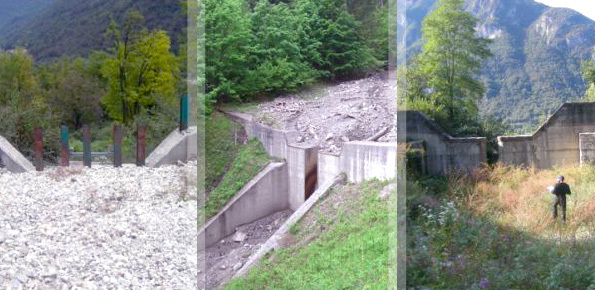
Background
Some areas mapped in the Piani di Assetto Idrogeologico (Watershed Management Plan) of Piave, Brenta-Bacchiglione and Livenza Rivers require specific studies aimed at assigning a degree of hazard. Among the warning areas, there are numerous alluvial fans. The Soil Conservation Division of Veneto Region, in charge of the inquiry, identified the need to find an objective method for assessing the hazard of such elements.
Purpose
The objective of the study is the development of a methodology for data gathering and managing of processes affecting alluvial fans and its application to three test areas in the Provinces of Vicenza, Treviso and Belluno.
Methods
The study was conducted through the identification of criteria for the definition of hazards on alluvial fans, the development of data collection forms, the creation of a geodatabase for spatial data management at the regional level and the development of software packages for the characterization of the hydrographic network and the calculation of debris flows runout.
Results
The methods developed were applied in three pilot areas, representative of different geolithological, geomorphological and land use conditions of the Region in the province of Belluno (252.6 km2), Treviso (166.7 km2) and Vicenza (154.1 km2) for a total of 149 analyzed alluvial fans.
Products
The main products of the project include one pdf form for data collection (editable pdf file with database transfer capability), a geodatabase for spatial data management and two software packages for the characterization of the hydrographic network and the calculation of debris flows runout. Technical reports illustrate the methods developed and the results obtained.
Conclusions
The methods developed and applied in this study has proved suitable for defining an objective way for the alluvial fan hazard assessment in the regional context. Moreover, this study has provided operational tools for practitioners.



